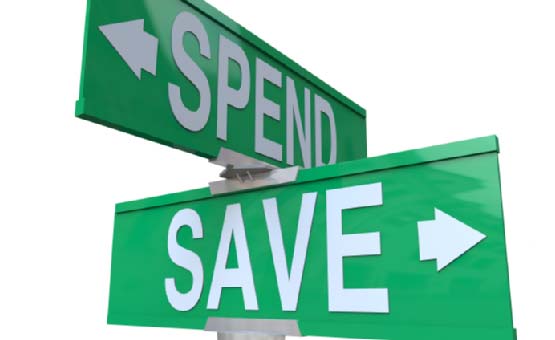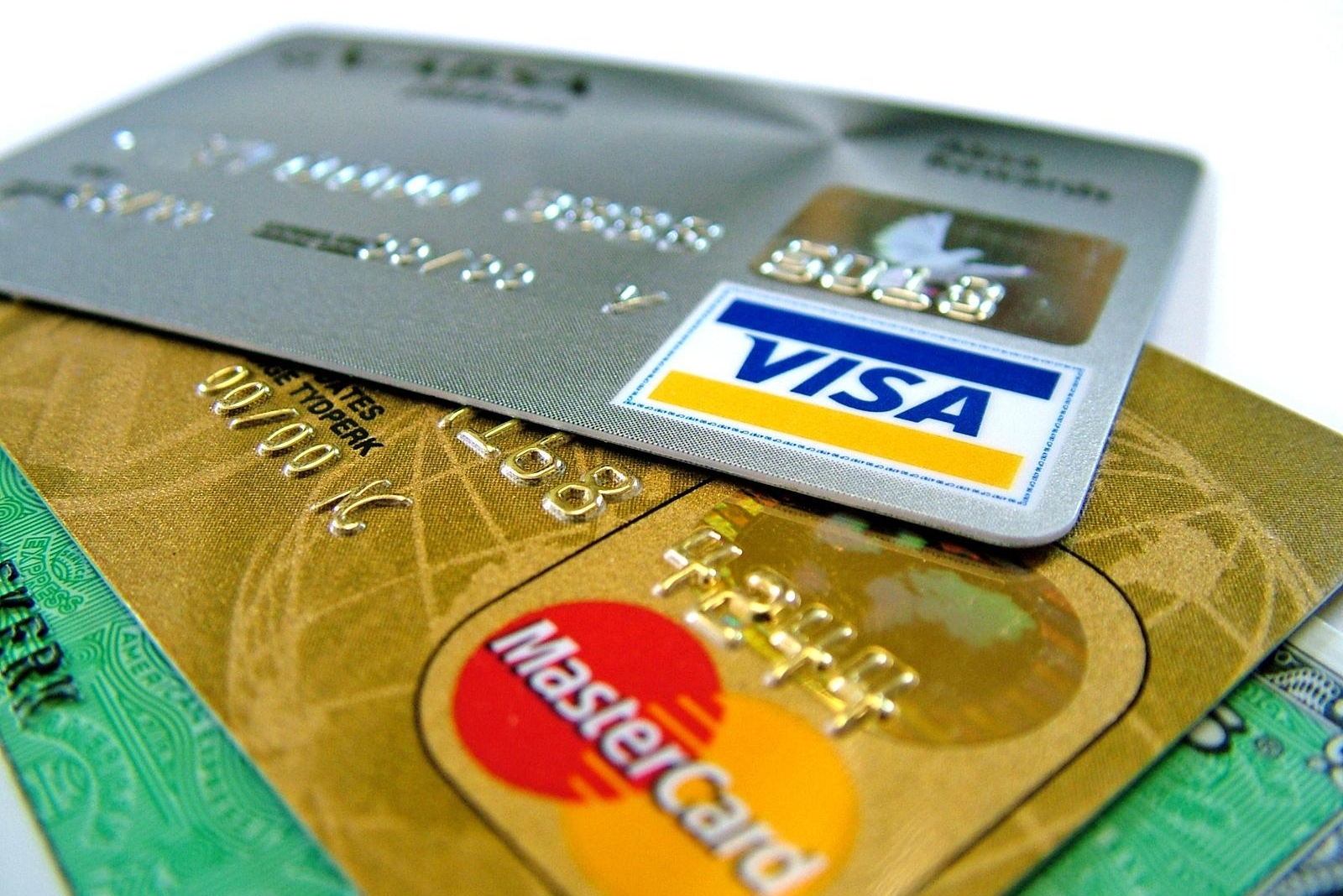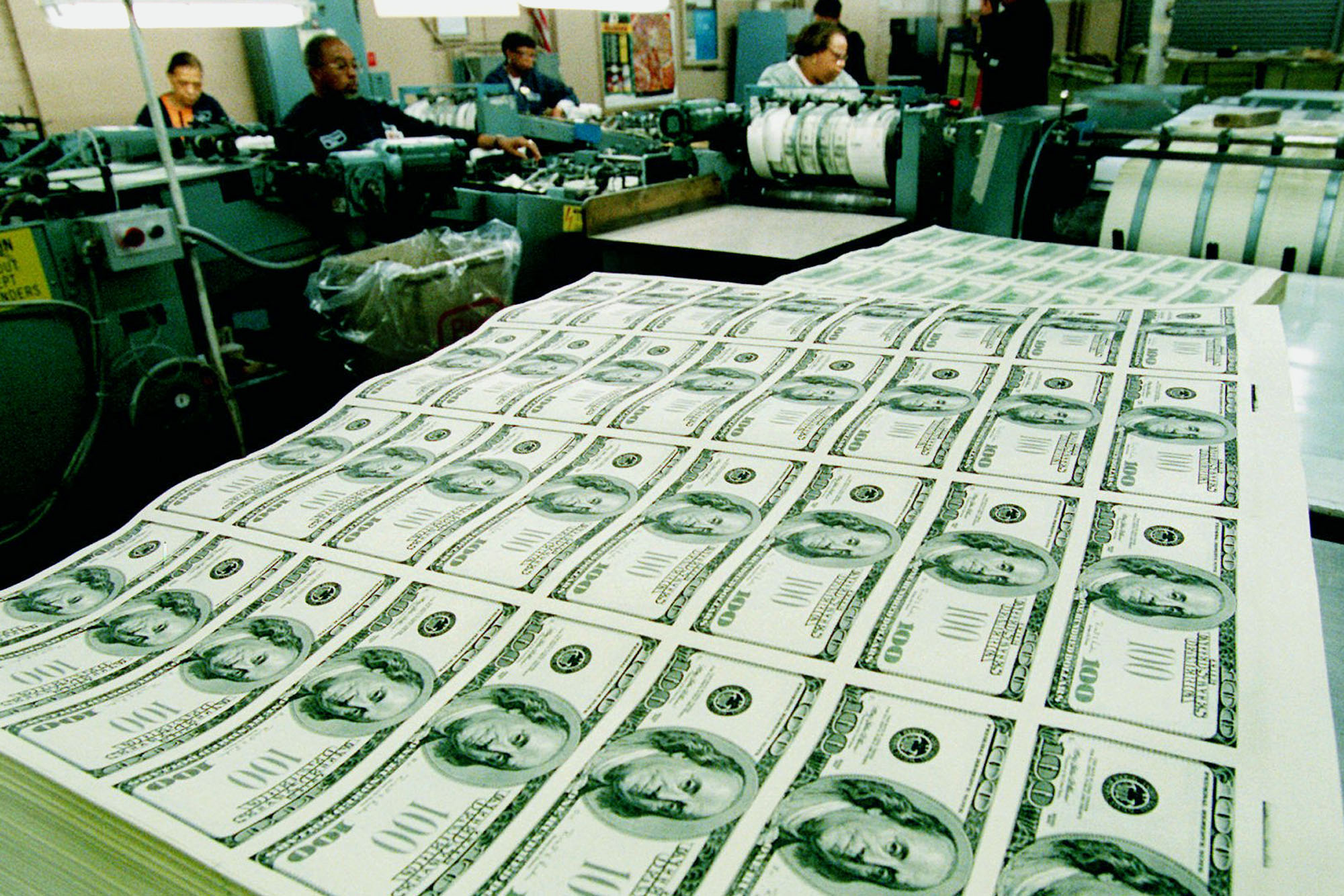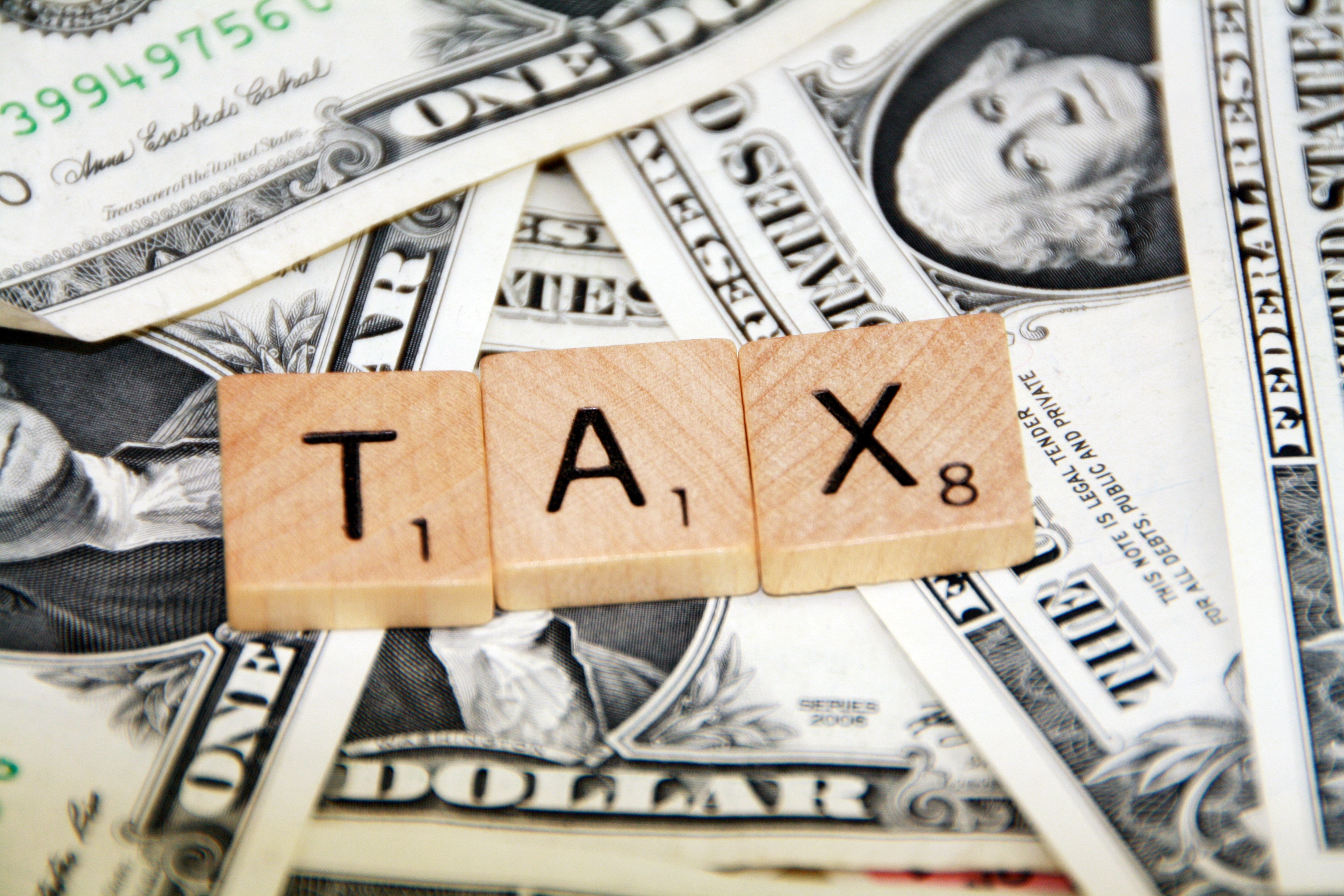Now, more than ever, consumers are relying on the convenience of credit and debit cards to make everyday purchases, such as gas and groceries, and to make online purchases. With this convenience, however, comes the risk of having your account information compromised by a data breach.
In recent years, data breaches at major retailers have become commonplace across the United States. Currently, most retailers use the magnetic strips on the backs of credit and debit cards to access account information. Unfortunately, the account information that is held on these magnetic strips is also easily accessed by computer hackers.




